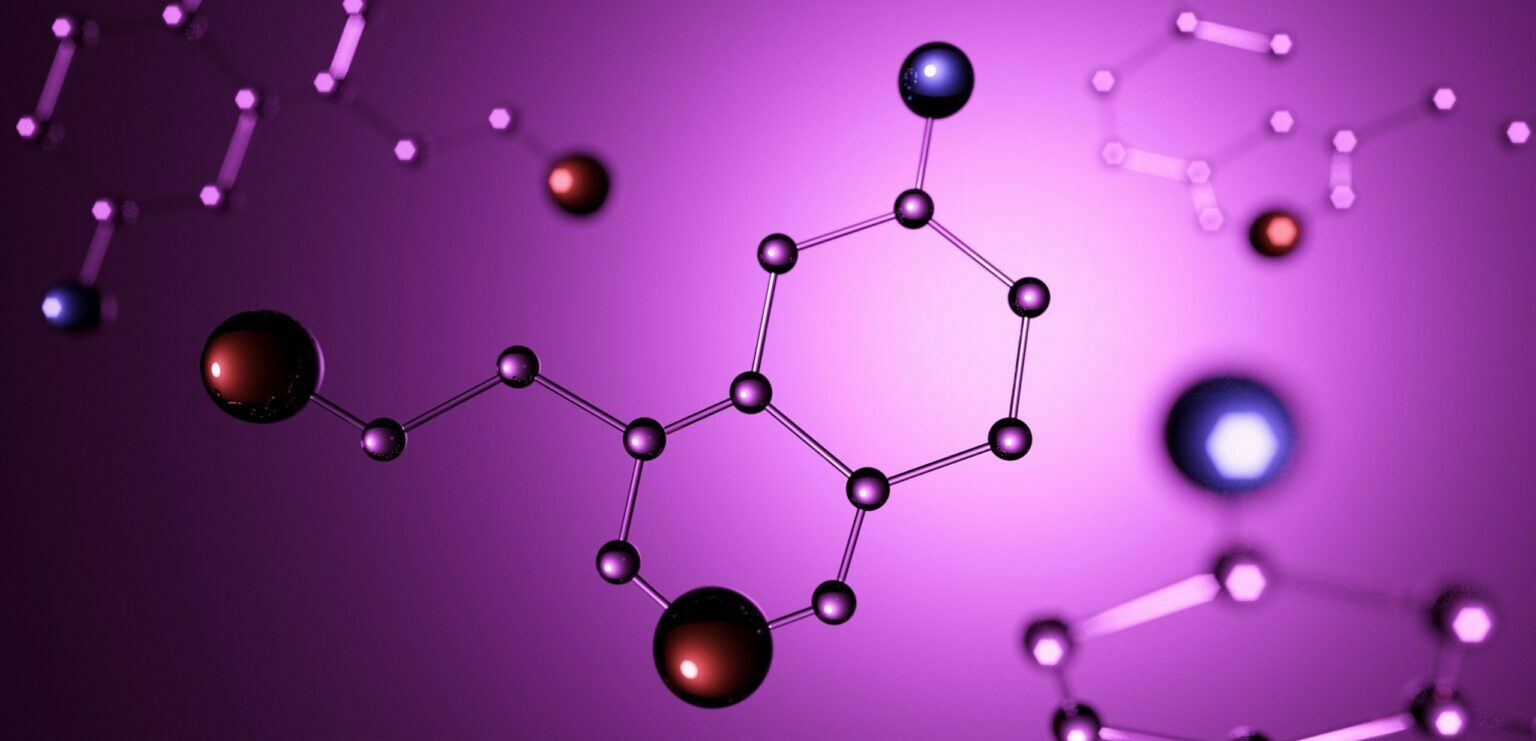Nicotinamide adenine dinucleotide (NAD) is a coenzyme found in all living cells; it plays important roles in many metabolic processes. NAD is essential for the chemical reactions that generate energy, synthesize molecules, and regulate gene expression. It’s also involved in DNA repair and several other biological functions. If you want to learn more about NAD, its functions, and its use in the body, this article has everything you need to know. Keep reading to learn more.
What is nicotinamide adenine dinucleotide?

NAD plays a key role in cellular metabolism and energy production, transferring electrons between different metabolic pathways to produce and store energy for use by the cell. NAD comprises two molecules: adenosine monophosphate (AMP) and nicotinamide riboside (NR). AMP provides the phosphate group that binds to the NAD molecule, while NR provides the essential nicotinamide portion of NAD.
For organisms to survive, their cells must be able to carry out specific chemical reactions involving moving electrons from one compound or molecule to another. This process requires enzymes, which are proteins that facilitate these processes without being changed themselves.
One particular enzyme called dehydrogenase uses NAD as a vital cofactor; it helps it transfer protons and electrons between compounds during metabolic reactions such as glycolysis or respiration. The reaction occurs when an electron donor donates two hydrogen atoms on two separate nitrogen atoms present within NAD’s structure; this creates reduced forms of NAD known as either nicotinamide adenine dinucleotide hydrogenase (NADH) or nicotinamide adenine dinucleotide phosphate hydrogenase (NADPH). Other enzymes can then use these reduced forms in various biochemical pathways, including photosynthesis and fatty acid synthesis.
Ultimately, without sufficient levels of NAD within a cell, its ability to perform these crucial functions would cease entirely. Therefore, maintaining adequate levels of this essential substance is incredibly important for both prokaryotic and eukaryotic organisms. As such, understanding how much our bodies need has become increasingly important given today’s modern lifestyle.
What is the structure of NAD?

NAD plays a crucial role in numerous biochemical reactions and serves as an electron carrier to transfer electrons from one reaction to another. NAD consists of two ribose rings connected by a phosphate group, with the nitrogen-containing bases adenine and nicotinamide attached at each end. The structure of NAD is important for its function as it allows it to interact with other molecules and enzymes within the cell.
The two rings that make up the core of NAD are held together by hydrogen bonds, forming when hydrogen atoms share electrons between their nuclei. This gives stability and rigidity to the molecule’s structure so it can effectively bind with other molecules or enzymes during metabolic processes. Attached to these ribose rings are two nitrogenous bases: adenine on one side and nicotinamide on the other, which contain carbon-nitrogen (C-N) bonds at their center. These C-N bonds give rise to positive charges around them due to electrostatic attraction and repulsion forces that allow NAD to interact with negatively charged biomolecules such as proteins or DNA strands during enzymatic reactions inside cells.
In addition, NAD contains two phosphate groups at either end of its nucleus, connecting covalent bonds into adjacent ring structures known as phosphodiester bridges. This helps stabilize the molecule’s overall structure even further while allowing it more flexibility when binding with partners for metabolic processes like glycolysis or oxidative phosphorylation inside cells. This combination of a rigid backbone held by hydrogen bond interactions along with flexible charge sites enables NAD’s integral role in cellular metabolism for energy production in all organisms.
Overall, NAD is a vital molecule for the development and maintenance of life. It’s a key component of metabolism, acting as an electron carrier to facilitate energy transfer from one molecule to another. NAD is also involved in DNA repair, cell signaling, and gene expression, as well as in the aging process. Altogether, NAD is essential for the health and longevity of all living organisms.




